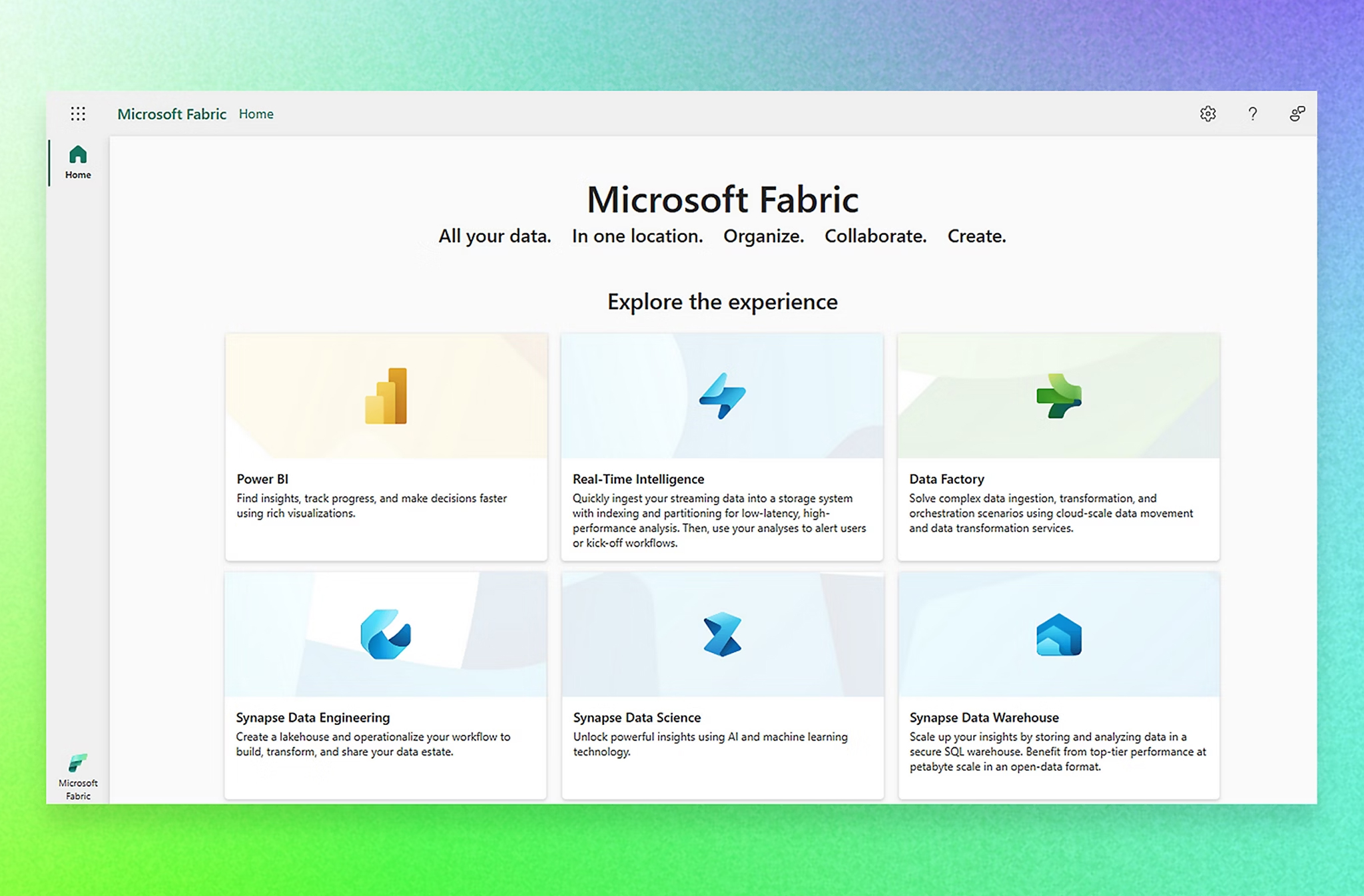
Rethinking devolution and partnership
working from a Data-First perspective
in Local and Regional Government
For some time now, local and regional Public Services organisations have engaged in localised multi- agency partnerships, recognising that they can deliver greater outcomes as a network of partners (around a specific need or ambition) than they can as an individual council, association, charity or university.
However, there is still a relatively low level of success in terms of mature partner networks, which demonstrate seamlessly sharing resources, risk and the benefits of success. Here I explore why that is, how data fits and why modern data platforms are the enabler.
In lieu of this critical insight, locality-based partnerships and devolved services have too often been classic examples of ego, gut instinct and anecdata decision and design.
Central Government’s role in Local Partnerships
Central government’s ambition to positively encourage, influence, engage and reward success of local and regional partnership working has been anything but consistent over the last 20 years.
At present under a new administration central support for devolution appears to be significantly increased. Devolution will inevitably lead to another period of reevaluating and reinventing collaborative delivery of public services in different localities.
There appears to be little appetite, at any level for recreating Whitehall in regions or localities. Devolution approaches tend to lean more to creating the ‘glue’ that can align and optimise the network of existing local service commissioners and providers to better meet the major challenges facing the locality.
This means developing true partner delivery networks to deal with major challenges including;
- health and wellbeing of an ageing population with increasingly complex needs,
- sustainable economic growth,
- equality of citizen opportunity,
- future fit transport,
- public safety,
- access to quality housing,
- equal access to education etc.
There is nothing new here, these ambitions and challenges have been at the heart of local public service delivery regardless of national politics for a generation now. Yet partnerships have struggled to get beyond the conceptual and into impactful delivery.
A strategic service and delivery information view
Again and again, I see the poor focus on information and insight throughout the evolution of partnerships as the common contributing factor in their failure to flourish as they really should.
By their very definition partnerships require a data-first approach, but so few that I have seen, are built from sophisticated use of data. Public Service Partnerships are based on sharing resources and risks but also the rewards of success and the cost of failures in the service of public need. Therefore need, resources, risk, reward and impact of failure need to be understood in the design, formation, running, evolution and even disbanding of a partnership. This understanding cannot just be at a strategic level, all of these things need to be understood and evidenced in detail at a person, team, service, locality and partnership level if the partnership is going to succeed.
Public service partnerships exist where a multi-agency approach is more likely to succeed than one organisation working on its own. Looking to improve services and outcomes that fall between partners and impact a targeted group of people with need.
…partnerships have struggled to get beyond the conceptual and into impactful delivery.
Cloud based data platforms should be at the core of any functioning public service partnership or devolved delivery approach.
The role of A data platform in supporting the Partnership’s strategic direction
Partnerships are all too often formed without detailed data-driven profiling of those with need; moving into delivery without a sophisticated understanding of who or what they are supporting, where they are, what their specific needs are, what support exists around them, what services they are in receipt of and associated costs – existing and future state.
In lieu of this critical insight, locality-based partnerships and devolved services have too often been classic examples of ego, gut instinct and anecdata decision and design. You can’t join up services around a “place” without knowing what is going on, yet tight budgets and competing priorities mean you can’t continuously build point integration solutions between legacy technology systems across councils, housing associations, care providers, NHS, law enforcement bodies etc as new partnership opportunities arise. The only way to get a joined-up view is through a “neutral” modern data platform. A cloud-based platform will allow data to be bought together across organisations for many purposes while allowing the data to be securely partitioned.
Cloud based data platforms should be at the core of any functioning public service partnership or devolved delivery approach. Securely bringing together data for analysis in design, delivery, evaluation and evolution of network across all aspects of defining, targeting and meeting need.
This is the only technology that can really underpin the Data Mesh approach that partnerships need. Allowing federated but consistent partner analysis and use of data but from a manged centralised version of truth. of specialist partner case management systems in each partner organisations with a single view of combined truth and joint analytical capability across the partnership.
Data sharing can be easily improved with cloud based shared services. These allow raw data sets to be shared between partners with integrated data governance agreements built into the automated sharing processes. They also don’t create a file of sensitive data that sits in file transfer process that is no-ones and everyone’s responsibility,
Partners can analyse their own data for their own purposes but share as required raw data or analysed data on a Business to Business basis which allows role based access control to be extended to users outside of the organisations’ network. This way partners can work together to share data and insight to determine need and design the partner service offer, but then federate their data around what is needed to deliver, evaluate and evolve the partnership.
At Pivotl we have evolved universal integration layers in our scalable platform approach that allow data to flow between partners regardless of their location and regardless of where the relevant data is stored. Getting the foundational architecture right means partner networks overcome their gaps in data flow, multi-agency connectivity and insight together, without creating more technical debt at each partner. This approach also provides the foundation for partner based AI and low code solution development, bridging the gaps in the partnership toolkit, that are seldom met in a timely way through the established Application vendors.
From baselining the ‘as-is’, targeting the service recipients and defining the offer to sharing the risk and rewards and even jointly innovating with technology, successful partnership thrive on the effective flow of data.
It’s time to rethink partnerships, it’s time for data-first.
the foundation for partner based AI and low code solution development, bridging the gaps in the partnership toolkit





